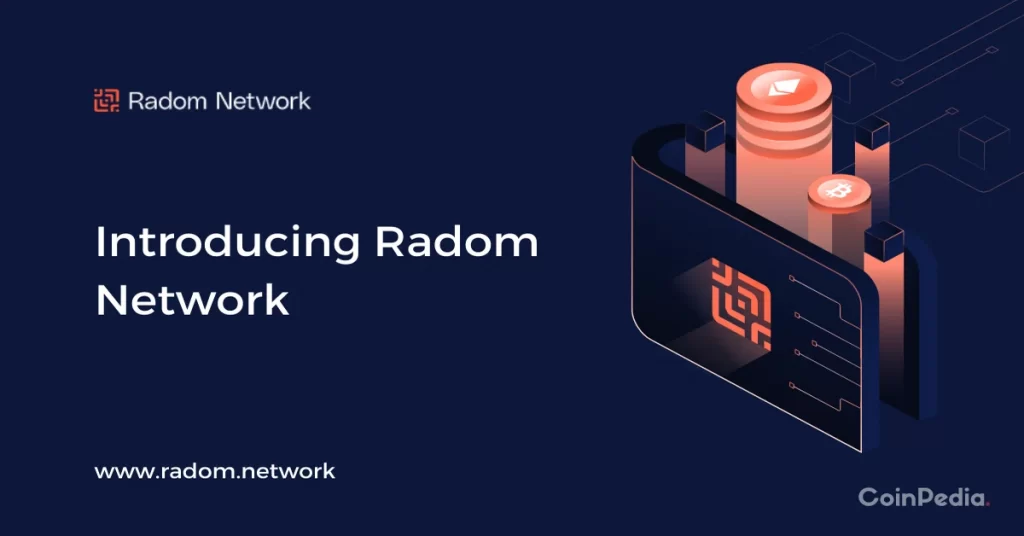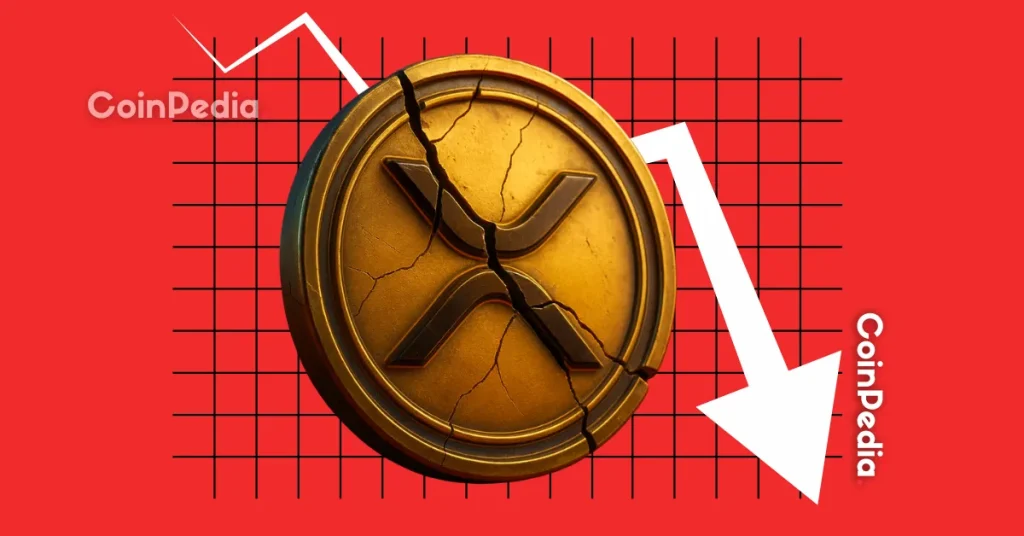
The post Introducing Radom Network — One Platform For All Your Assets And Payments appeared first on Coinpedia - Fintech & Cryptocurreny News Media| Crypto Guide
For several years now, blockchain technology has been for a lot more than just making payments. Of course, given that everything is recorded on-chain only by making transactions, the payments are still at the heart of it all, but these days, blockchain is used for a lot of different things.
From making smart contracts, using dApps, engaging in decentralized banking, exploring the metaverse, playing games, collecting digital collectibles, and more — blockchain technology is slowly but surely infiltrating our lives.
This is especially true for the IoT industry, as it has an entire blockchain sector developing projects that would interconnect IoT devices and use them in a variety of ways.
One example is Radom Network, which aims to act as a single platform for all your payments and assets.
What is Radom Network?
Radom Network is a decentralized network for the coordination of cloud applications and connected assets.
The company noticed that many firms have switched away from the old monolithic systems in recent years, and are now focusing on service-oriented architecture, distributed systems, microservices, and particularly the integration of IoT devices and embedded systems.
Usually, to facilitate the distribution, or splitting up of large monolithic applications into smaller, more manageable pieces, firms tend to use networks with a service registry provider, which allows configuration sets to be stored in a single place, centrally.
More than that, they also allow different apps, services, and IoT devices to discover one another by querying the central configuration piece, which includes techniques called service discovery and device discovery.
This is where Radom Network comes in, as a provider of Service & Device discovery through the use of its Service Registry infrastructure technology.
Radom allows companies to provide central configuration data directly to the blockchain network. Furthermore, Radom is also building a decentralized PoS network, which allows node providers to participate in the network itself.
They do so by indexing Radom configuration and discovery data and sending it to various devices, cloud servers, as well as ground servers.
A big advantage of using a PoS network is the fact that it eliminates the need for companies to scale up their Service Registry infrastructure, which significantly cuts the costs that these firms have to deal with when upgrading their infrastructure.
Another benefit is that registry is no longer a centralized point of failure, which increases the security, as well.
What else does Radom Network have to offer?
Radom Network has a revolutionary ability to let users lease out or sell off their access to isolated parts of the networks, or even networks as a whole.
This can be useful if a user wishes to grant a portion of their network (or the entire network) to someone else.
This allows firms to streamline the security process of leasing access to data via APIs, connections to their IoT devices, message queues, and more, all via a simple whitelisting process that is synonymous with payments.
At the same time, things like the need for API tokens or concerns regarding cross-origin resource sharing are removed.
Even the ability to share private keys for accessing IoT devices is no longer an issue. All whitelisting terms and payments go through the Radom platform, with the support made for a flexible list of crypto payment mechanisms, using chain currencies (like ETH), various stable coins, and the Radom token itself.
Radom also wishes to use its data leasing process to create a more accountable and open method for selling data to third parties, which most of the companies that depend on its network are likely to find rather useful.
Such a system would allow companies, their access, transactions, and terms to become visible to third parties.
Of course, at the same time, it would also benefit companies by providing a global market for all those firms that wish to use their data for generating revenue.
Radom’s long-term goal is achieving full and true decentralization, where 100% of the revenue generated from commissions on data leasing payments would be returned to the PoS network of nodes, providing data to servers and devices.
As for the nodes themselves, they have to stake Radom tokens in order to achieve the node status and become network participants.

 3 years ago
251
3 years ago
251














 English (US) ·
English (US) ·